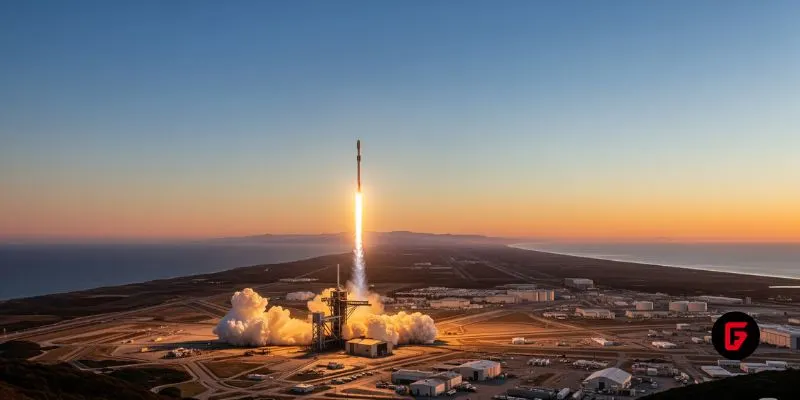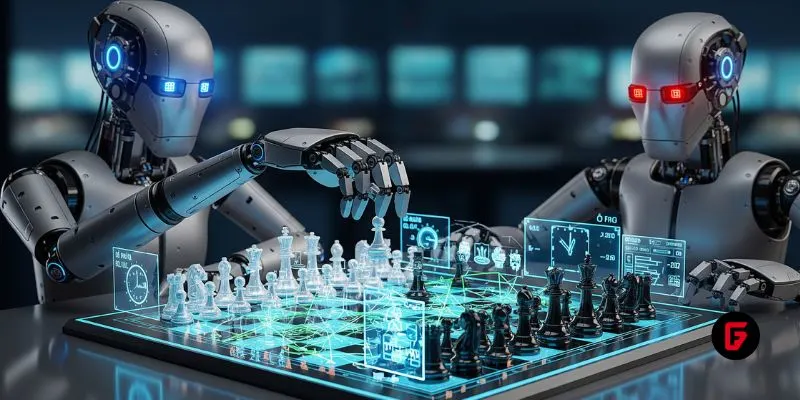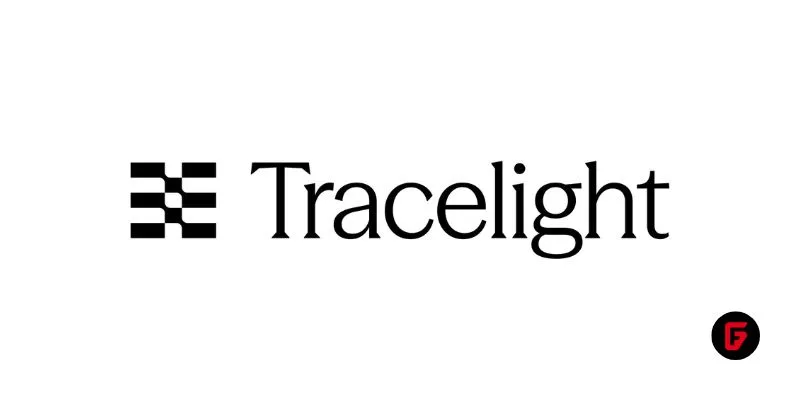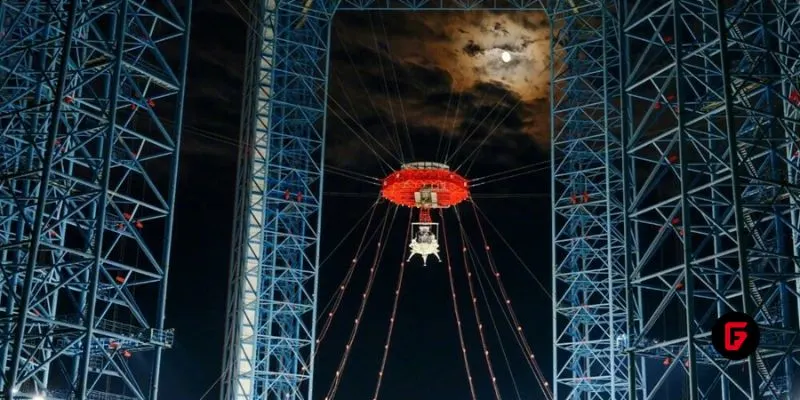If you follow the latest breakthroughs in artificial intelligence and energy technology, you’ve likely noticed the growing intersection between the two. As AI systems demand increasing amounts of reliable, low-carbon power, an upstart named Oklo—chaired by Sam Altman of OpenAI fame—is drawing tremendous attention for its ambitious approach to the energy bottleneck threatening technological progress.
Oklo: The Startup Betting Big on Micro Nuclear Power
Oklo’s mission stands out: develop compact nuclear fission reactors, roughly the size of a shipping container, capable of operating for 20 years without refueling. Unlike gigantic traditional nuclear plants, Oklo’s Aurora reactor is designed for deployment at data centers, military bases, and remote industrial sites—markets starved for reliable energy and often underserved by existing grids.
What makes these small reactors unique?
They are self-sustaining and engineered to be virtually impervious to meltdowns, using passive safety systems that depend on the laws of physics rather than human intervention or complex machinery.
No water cooling required: Instead, the Aurora model uses liquid metal coolant and advanced heat pipes, eliminating a primary constraint of legacy nuclear designs and enabling deployment even in remote environments far from water sources.
Fuel flexibility and waste reduction: Oklo’s technology can use HALEU (high-assay low-enriched uranium), allowing a much smaller reactor core, and aspires to run on existing nuclear waste—converting an environmental liability into a productive energy source.
Meeting Surging Demand for Clean, Stable Power
Recent projections show that US data centers will nearly triple their share of national power consumption to 12% by 2030. Oklo’s business model is built to capture this demand by selling electricity directly under long-term contracts, not just building and shipping reactors. Clients—ranging from major data centers to the US Air Force—commit to buy clean electricity at a stable price for decades, sidestepping the uncertainties that typically dog nuclear projects.
Early agreements amount to over 14 gigawatts of potential output (the equivalent to 14 traditional nuclear plants), highlighting Oklo’s ambitious scale and market confidence.
Navigating Risks and Regulatory Realities
For all its momentum, Oklo faces significant hurdles:
The Nuclear Regulatory Commission (NRC) previously denied Oklo’s first application for a construction license, citing insufficient technical details. While the company is preparing a revised application, the regulatory path for fast neutron reactors remains uncharted in the US.
Scaling production of the HALEU fuel needed for Oklo’s reactors is an open question. Although the Department of Energy has pledged support, actual supply chains are not fully established.
Oklo faces global competition from established players like NuScale Power (already NRC-approved for its own small modular reactors) and TerraPower (pursuing larger fast reactor designs), although Oklo’s micro-modular and off-grid approach is unique.
Why Investors Are Watching Oklo
Despite remaining pre-revenue and not yet breaking ground on its first commercial plant—it aims to do so at Idaho National Laboratory by 2027—Oklo’s stock has drawn outsized attention, soaring 500% in the past year. The wager? If Oklo can deliver even a portion of its signed contracts, it could reshape not just energy but the infrastructure underlying the AI revolution.
With global tech giants and financial backers pledging to triple nuclear capacity by 2050, Oklo’s strategy to pair decentralized nuclear energy with surging digital demand could prove transformative. The coming years will reveal if this blend of innovation, risk, and regulatory navigation can power a new era—not just for AI, but for the planet’s clean energy ambitions.
Oklo’s investors and financial backers include a mix of public market investors, strategic partners, and major corporate clients. As a publicly traded company, Oklo has raised substantial capital through public offerings—for example, announcing a $400 million public offering of common stock in June 2025. Recent reports indicate Oklo ended Q1 2025 with $201 million in cash and cash equivalents, signaling strong interest from institutional investors and financial markets.














